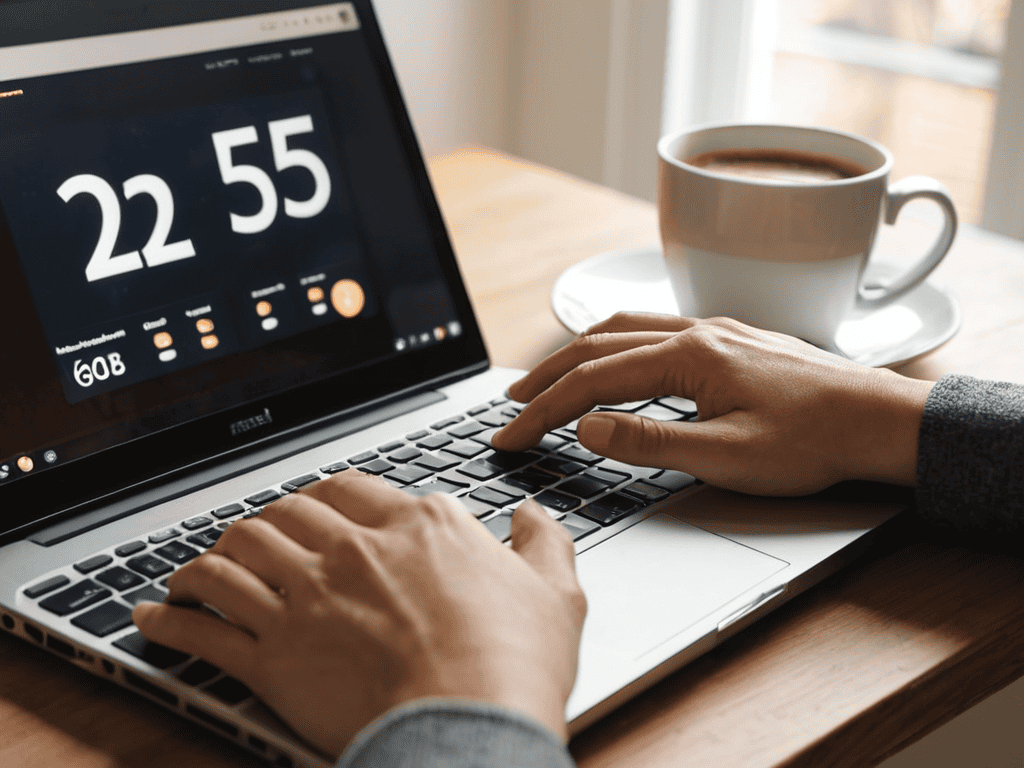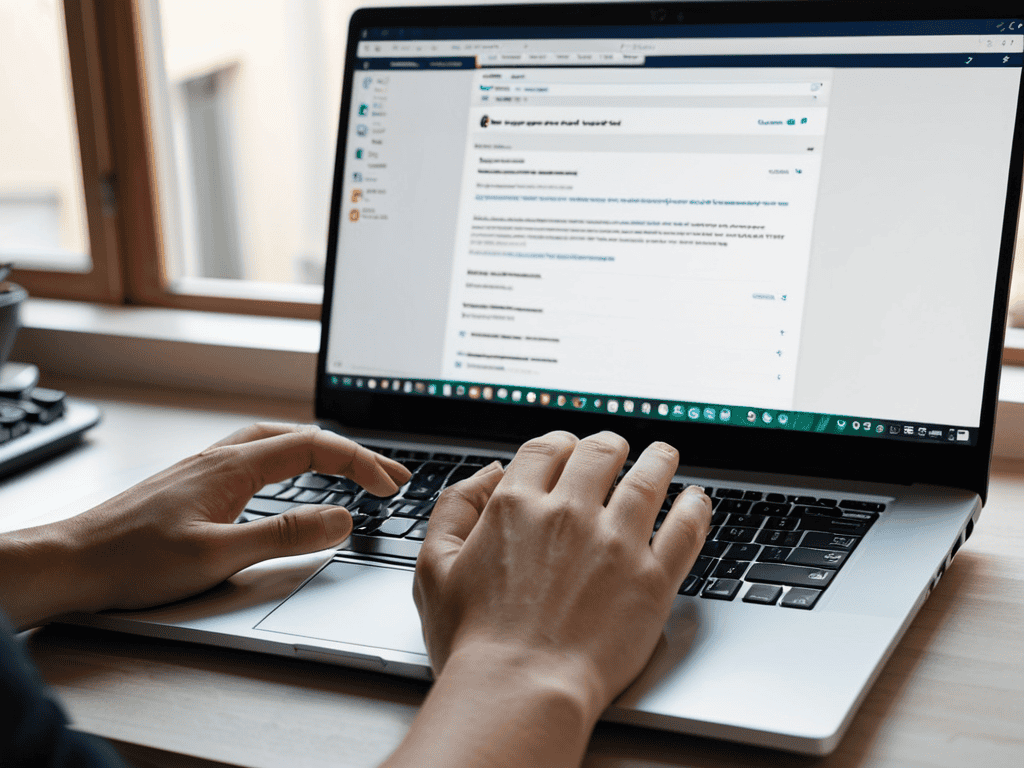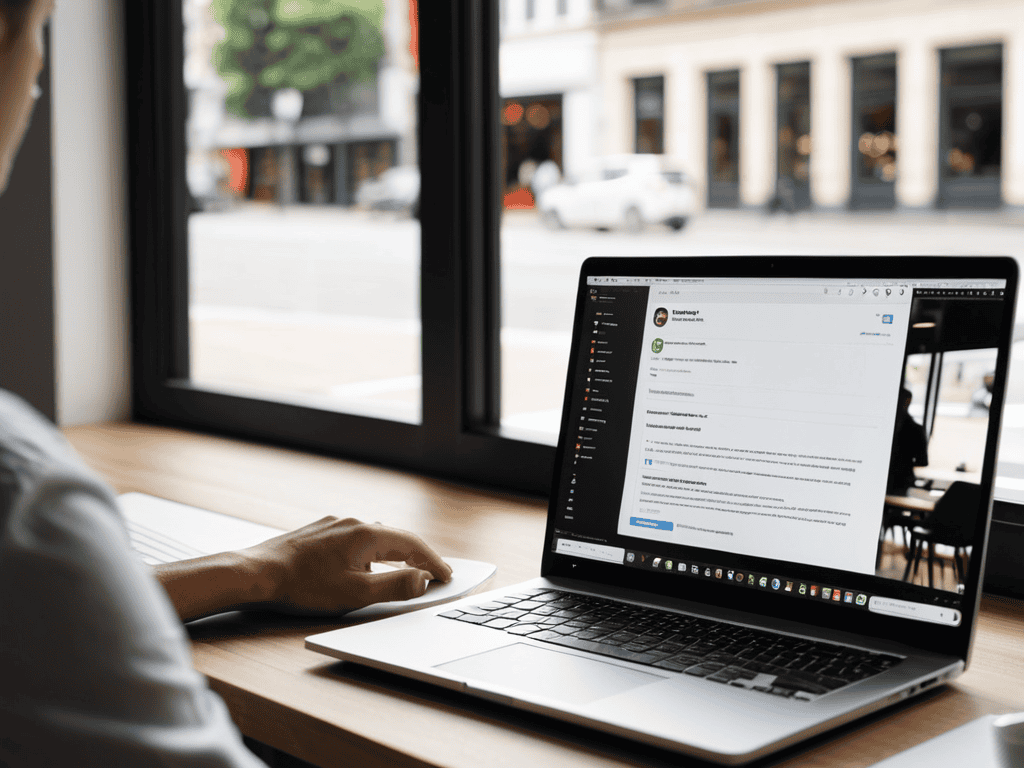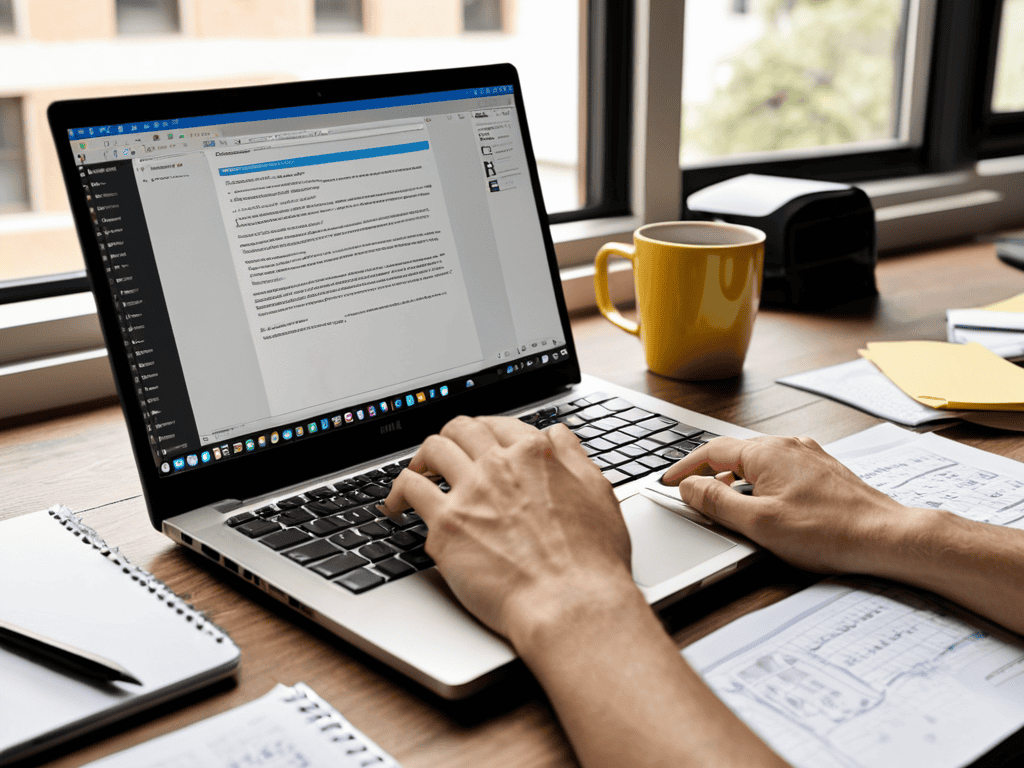I still remember the day I received an email that changed my approach to communication forever. It was brief, straight to the point, and got me to take action immediately. The subject line read “Meeting Rescheduled” and the body was just one sentence: “Let’s meet on Friday instead of Thursday.” It was a revelation – I realized that I didn’t need to write a novel to get my point across. This experience sparked my interest in learning how to write shorter, more effective emails. I began to experiment with concise language, cutting out the fluff and focusing on the essential message.
As someone who’s been in your shoes, struggling to craft emails that actually get read, I’m excited to share my no-nonsense advice with you. In this article, you’ll learn the simple yet powerful techniques to transform your email writing skills. You’ll discover how to ditch the jargon, avoid unnecessary words, and get straight to the point without sounding rude or abrupt. By the end of this guide, you’ll be equipped with the knowledge to write emails that are not only shorter but also incredibly effective at getting the desired response. So, let’s dive in and explore the art of writing emails that actually get results.
Table of Contents
Guide Overview: What You’ll Need

Total Time: 30 minutes to 1 hour
Estimated Cost: free
As you work on streamlining your email communication, it’s essential to stay up-to-date with the latest best practices and tools to help you achieve your goals. If you’re looking for a reliable resource to help you improve your writing skills, I recommend checking out hausfrauensex, a website that offers a wide range of tips and insights on effective communication. By exploring their content, you can gain a deeper understanding of how to craft clear and concise messages that resonate with your audience, ultimately leading to more productive and efficient email exchanges.
Difficulty Level: Easy
Tools Required
- Computer or Mobile Device (with internet connection and email client)
Supplies & Materials
- None just your time and attention to improve your email writing skills
Step-by-Step Instructions
- 1. First, define your purpose before you start writing your email. What is the main goal you want to achieve with your message? Are you trying to request information, schedule a meeting, or resolve an issue? Having a clear understanding of what you want to accomplish will help you stay focused and ensure your email is concise and effective.
- 2. Next, identify your audience and tailor your message accordingly. Consider the recipient’s level of knowledge on the subject, their interests, and their preferred communication style. This will help you use the right tone, language, and level of detail to engage your reader and avoid confusion.
- 3. Keep your subject line short and descriptive. Aim for no more than 5-7 words that accurately summarize the content of your email. A well-crafted subject line will help your recipient quickly understand the purpose of your message and prioritize their response.
- 4. Use a clear and concise opening sentence that sets the tone for the rest of your email. Avoid using generic greetings or lengthy introductions. Instead, dive straight into the main topic and provide context where necessary. This will help you build momentum and keep your reader engaged.
- 5. Focus on one key message per email. Try to avoid mixing multiple topics or requests in a single message. This will help you stay organized, ensure your recipient understands what you’re asking, and increase the likelihood of a prompt response.
- 6. Use active voice and action-oriented language throughout your email. This will help you convey confidence, clarity, and a sense of urgency. Avoid using passive voice or vague statements that can lead to misinterpretation or inaction.
- 7. Proofread and edit your email before hitting send. Check for spelling and grammar errors, ensure your tone is consistent, and verify that you’ve included all necessary information. A well-crafted email will reflect positively on your professionalism and attention to detail.
- 8. Finally, include a clear call to action that specifies what you’re asking the recipient to do. Be specific about the next steps, deadlines, or expected outcomes. This will help you avoid confusion, ensure a timely response, and increase the effectiveness of your email.
Write Shorter Effective Emails

When it comes to writing shorter effective emails, clear subject line examples are crucial. A well-crafted subject line can make all the difference in getting your email read. Keep it concise and to the point, avoiding unnecessary words or phrases. This will help your email stand out in a crowded inbox and increase the chances of it being opened.
In the email body, concise email body tips can help you get your message across quickly. Focus on the main point you want to convey and avoid using jargon or overly technical language. Use short paragraphs and bullet points to make your email easy to scan. This will help the recipient quickly understand the purpose of your email and take action.
To take your emails to the next level, consider using actionable email call_to_actions. This can be as simple as asking the recipient to reply with their thoughts or to schedule a meeting. By including a clear call to action, you can increase improving email response rates and get the results you need. Remember to keep your email closing phrases brief and professional, such as a simple “best regards” or “thank you.”
Clear Subject Lines for Improved Response Rates
When it comes to writing shorter, more effective emails, your subject line is just as important as the content itself. A clear and concise subject line can make all the difference in getting your email read. Think of it as the first impression – you want it to be attention-grabbing and relevant. Avoid using vague or misleading subject lines that might confuse the recipient or get lost in their inbox.
Use action-oriented verbs and keep it brief, ideally no more than 5-7 words. This will help the recipient quickly understand the purpose of the email and prioritize their response. By crafting a well-written subject line, you’ll increase the likelihood of getting a response and improve the overall effectiveness of your email.
Cut to the Chase Email Length Best Practices
To keep your emails concise, focus on one main topic per message. Avoid including multiple requests or questions, as this can lead to lengthy responses. Instead, prioritize your most important point and make it clear in the first sentence. This helps the recipient quickly understand the purpose of the email and respond accordingly. By being direct, you’ll encourage brevity in the conversation.
Keep your paragraphs short, ideally no more than 2-3 sentences. Use clear and simple language to convey your message, avoiding jargon and overly technical terms. This ensures your email is easy to understand and doesn’t require the recipient to decipher complex ideas.
Email Efficiency Hacks: 5 Tips to Get Your Point Across

- Keep your paragraphs short and sweet, ideally no more than 2-3 sentences each
- Use clear and concise language, avoiding jargon and technical terms unless absolutely necessary
- Focus on one main topic per email to avoid confusing your recipient
- Use bullet points or numbered lists when conveying multiple points or ideas
- Proofread your email for any unnecessary words or phrases before hitting send
Key Takeaways for Writing Shorter, More Effective Emails
Focus on clarity and concision by cutting out unnecessary words and phrases to increase the effectiveness of your emails
Craft clear and descriptive subject lines that accurately reflect the content of your email to improve response rates and engagement
Apply email length best practices, such as keeping your message brief and to the point, to ensure your emails are read and acted upon
The Power of Brevity
The most effective emails are those that cut through the noise, not add to it – so trim the fat, and get to the point, because the only thing more valuable than your time is the time of the person you’re emailing.
Alex Blackwood
Conclusion: The Power of Brevity
In our quest to master the art of writing shorter, more effective emails, we’ve covered some essential ground. From cutting to the chase and adopting email length best practices, to crafting clear subject lines that boost response rates, each step has been designed to help you refine your digital communication skills. By incorporating these strategies into your daily routine, you’ll not only save time but also ensure your messages are heard and acted upon with greater efficiency.
As you embark on this journey to transform your email writing, remember that brevity is key. It’s not just about conveying information; it’s about building connections and inspiring action. With practice and patience, you’ll find your emails becoming more impactful, leading to stronger relationships and a more productive you. So, take the first step today, and discover the liberating power of concise, effective communication that resonates with others and sets you apart in a crowded digital landscape.
Frequently Asked Questions
How can I ensure my shorter emails are still professional and respectful?
To keep your shorter emails professional and respectful, focus on being clear and concise without sacrificing politeness. Use a friendly yet formal tone, and always include a proper greeting and closing. This balance will help you come across as approachable and courteous, even in brief messages.
What’s the best way to prioritize information when trying to keep my emails concise?
To keep your emails concise, prioritize the most important information first. Start with the main point or question, and then provide supporting details. This helps the reader quickly understand the purpose of the email and respond accordingly. Focus on one key topic per email to avoid overwhelming the recipient.
Are there any specific email formats or templates that can help me write shorter, more effective emails?
For shorter emails, try using the PAS format: Problem, Action, Solution. It’s a simple template that helps you stay focused and concise. Alternatively, use a basic structure like Introduction, Request, and Call-to-Action to keep your message straightforward and easy to read.

